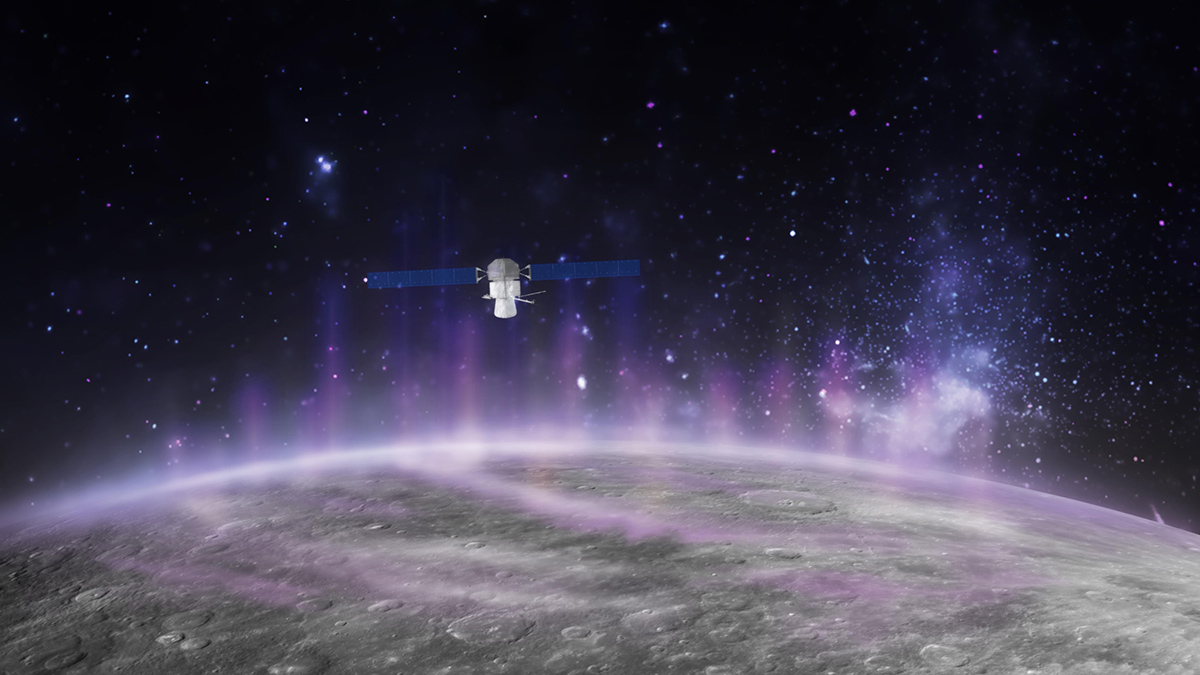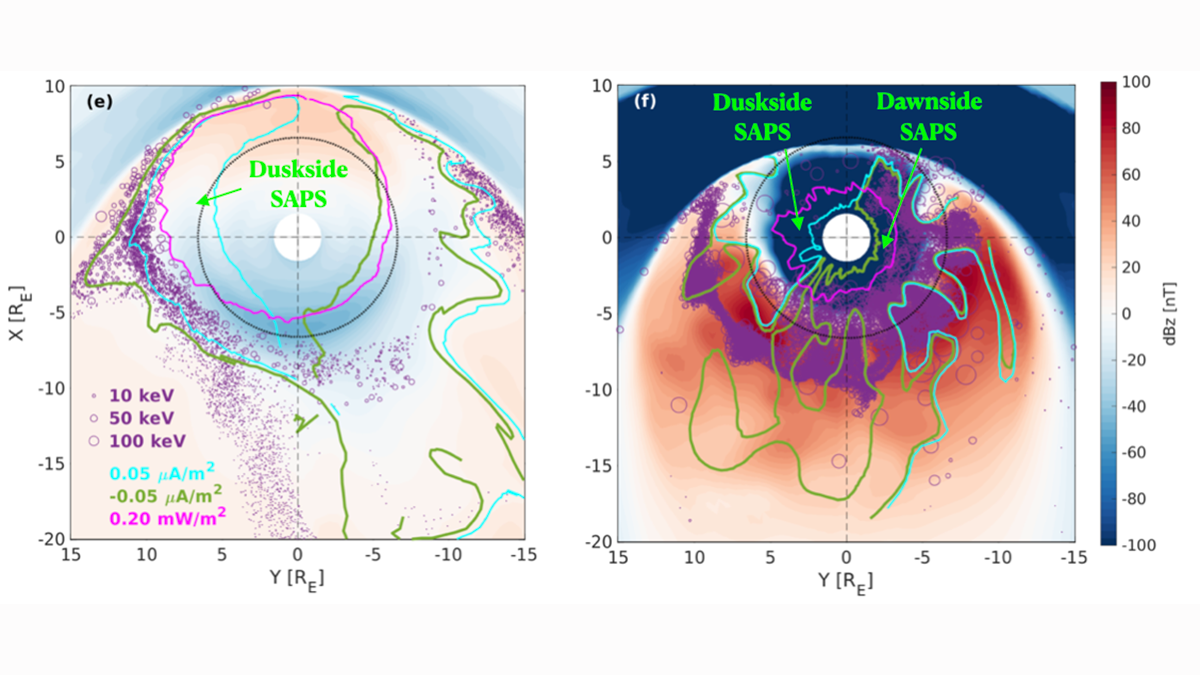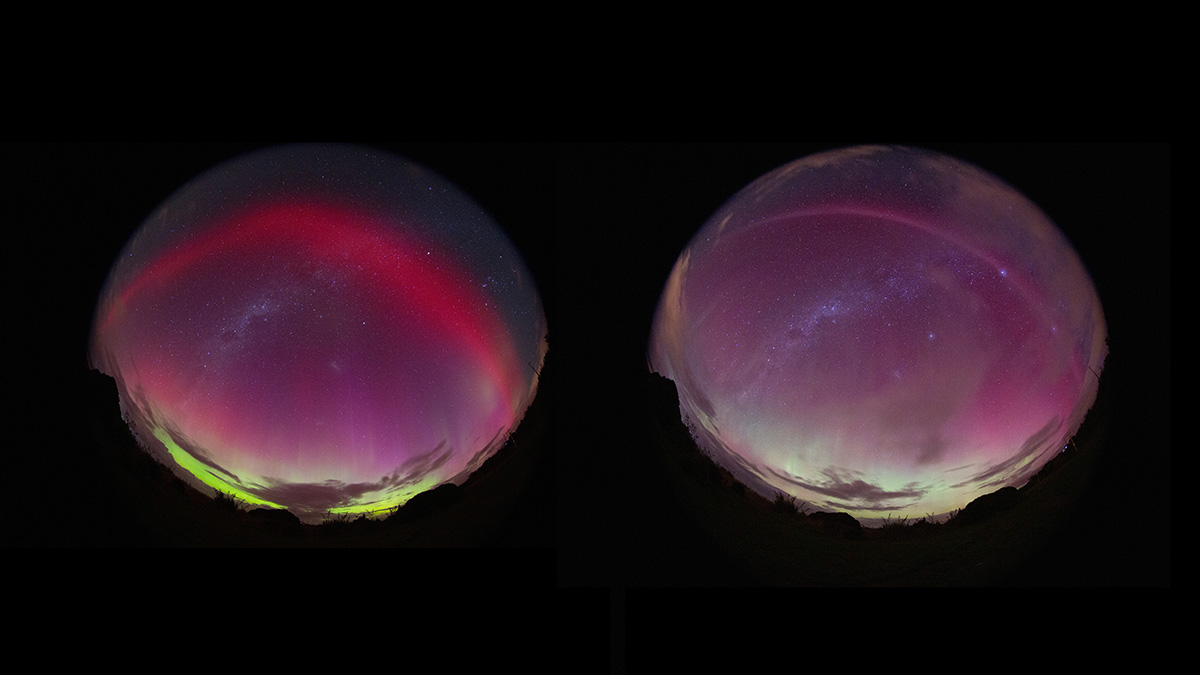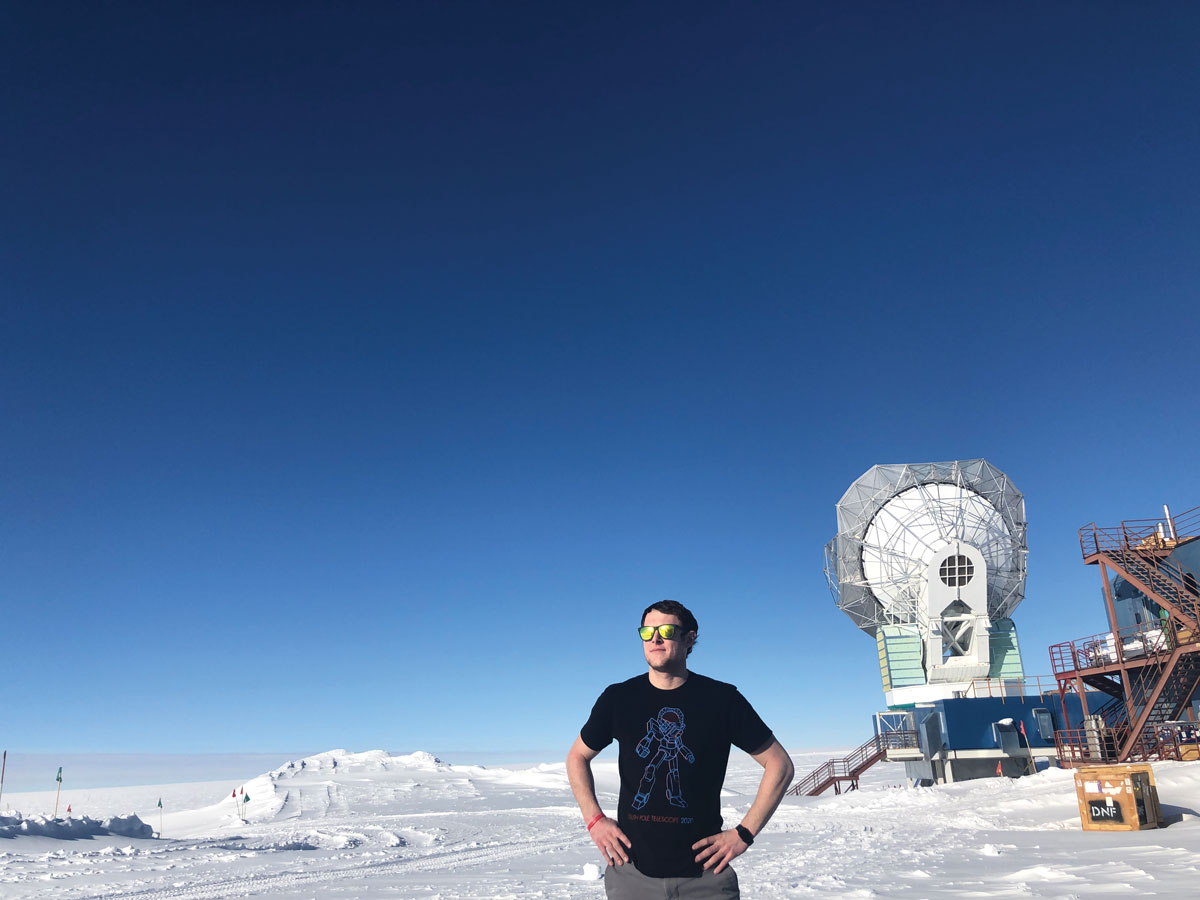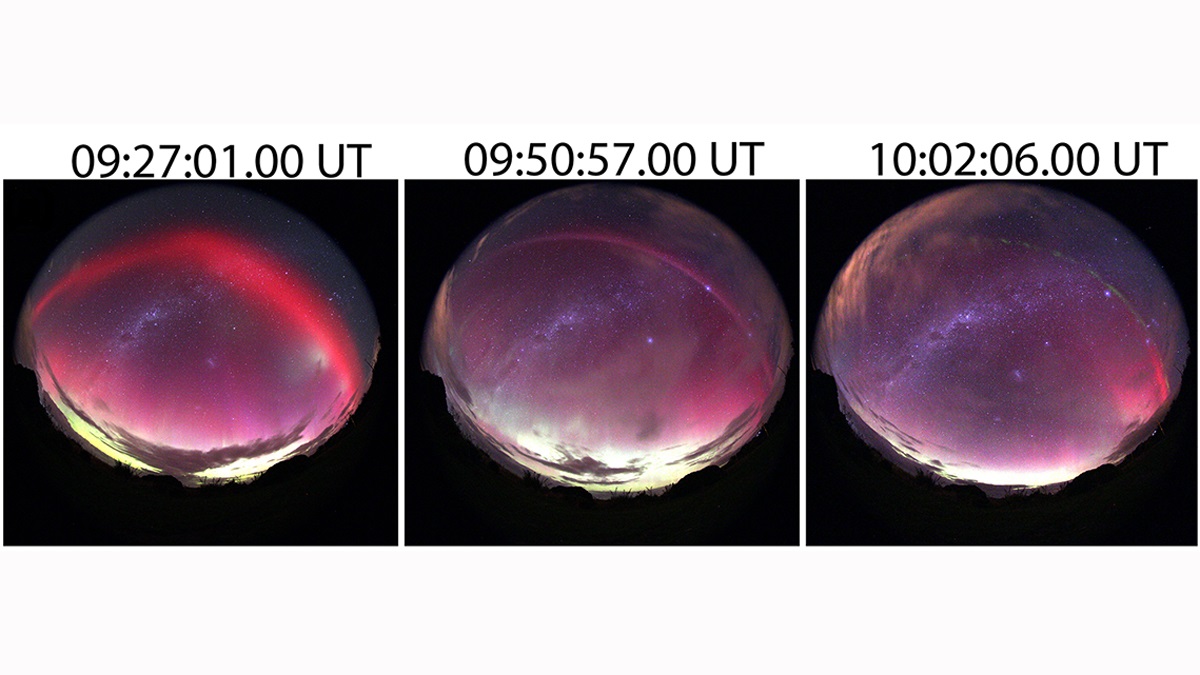A sounding rocket experiment set off a spectacular nighttime light show over Scandinavia as it produced new insights into ionospheric behavior near an aurora.
aurorae
Aurora Records Reveal Shortened Solar Cycle During Maunder Minimum
Fastidious night sky observations from Korean historical texts provide a novel source of evidence for an altered solar cycle during periods of low magnetic activity.
Probing Rare Hot Plasma Flows in the Upper Atmosphere
Postmidnight flows appear to be triggered by the same mechanism that drives more frequently observed evening flows.
Dramatic Flyby Confirms That Mercury’s Radioactive Aurora Touches the Ground
Data collected by the BepiColombo spacecraft traces the causes of the strange aurora, which course through the planet’s weak magnetosphere.
Eavesdropping on the Vibrations of Earth’s Magnetic Bubble
A NASA-funded crowdsourced science project has converted the unheard sounds resonating inside Earth’s magnetic shield into audible tracks, revealing an orchestra of whistles, wooshes, and chirps.
Could Jupiter’s Heat Waves Help Solve a Planetary Energy Crisis?
Infrared observations reveal that Jupiter’s upper atmosphere is much warmer than models predict. The discovery may be a clue to finding missing heat sources in other giant planets.
Origin of Dawnside Subauroral Plasma Flows in Geomagnetic Storms
Geomagnetic storms induce fast plasma flows next to the aurora and affect space weather. Lin et al. explain the origin of a special “dawnside” plasma stream that occurs only during extreme storm events.
From SAR Arc to STEVE: An Atmospheric Evolution
A new study reports the first observation of a stable auroral red arc evolving into a strong thermal emission velocity enhancement during a geomagnetic storm.
Allen Foster: Greasing Telescope Gears During a 7-Month-Long Night
While overwintering in Antarctica, Foster maintains the South Pole Telescope facilities.
Uncovering the Mysterious STEVE Aurora
Scientists present the first direct observations on the rapid evolution of a bright red auroral arc into a thin white-mauve arc known as STEVE.




